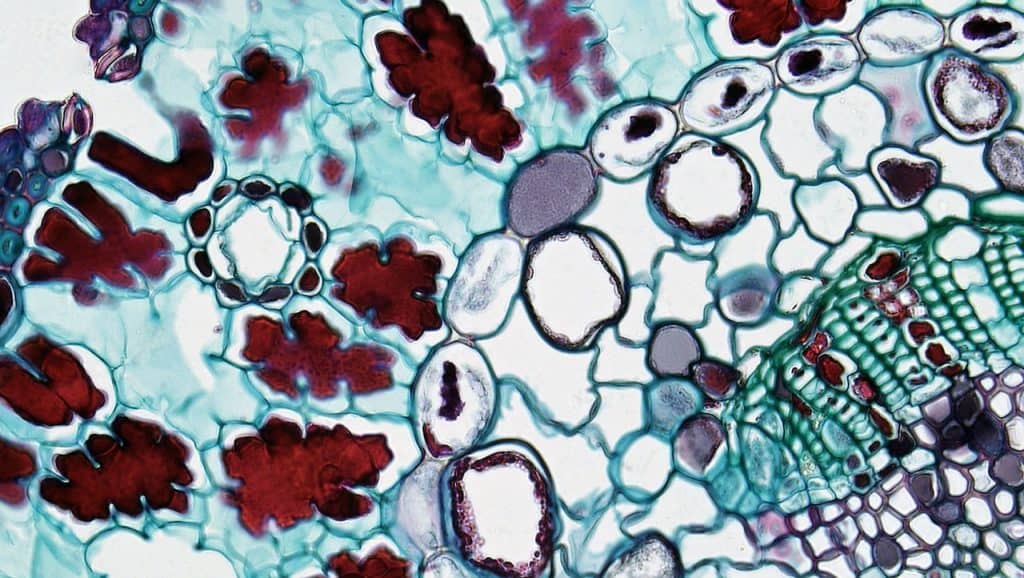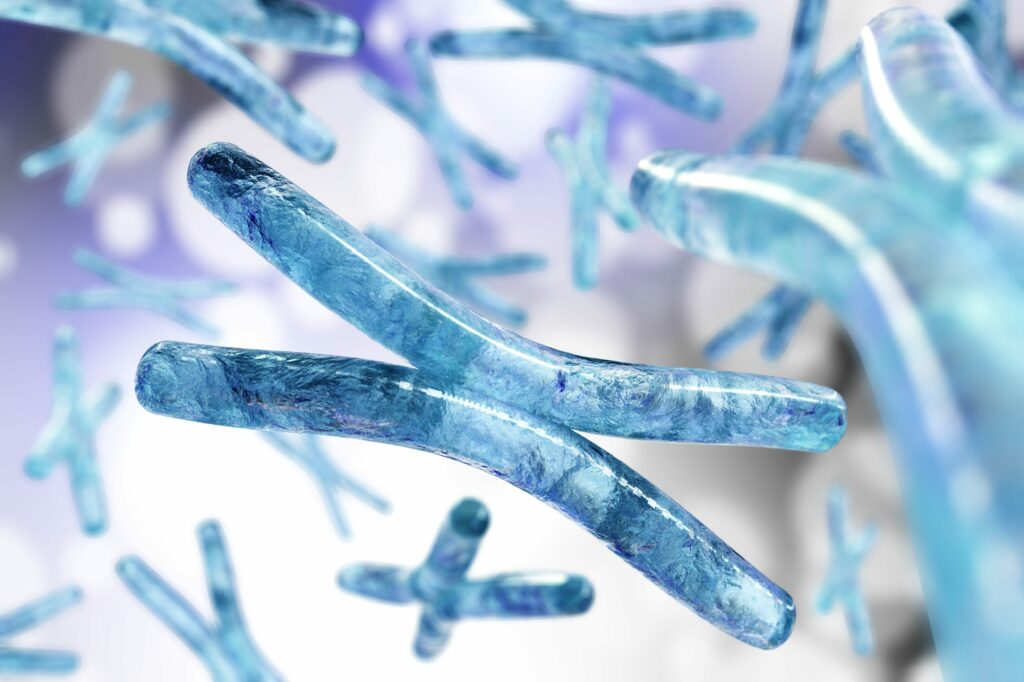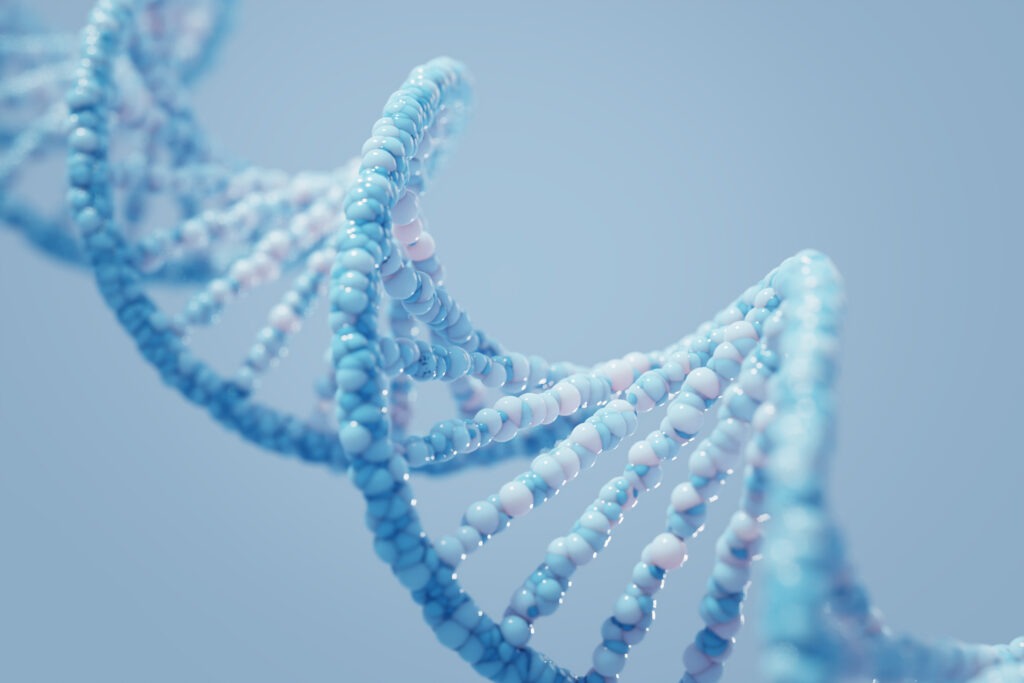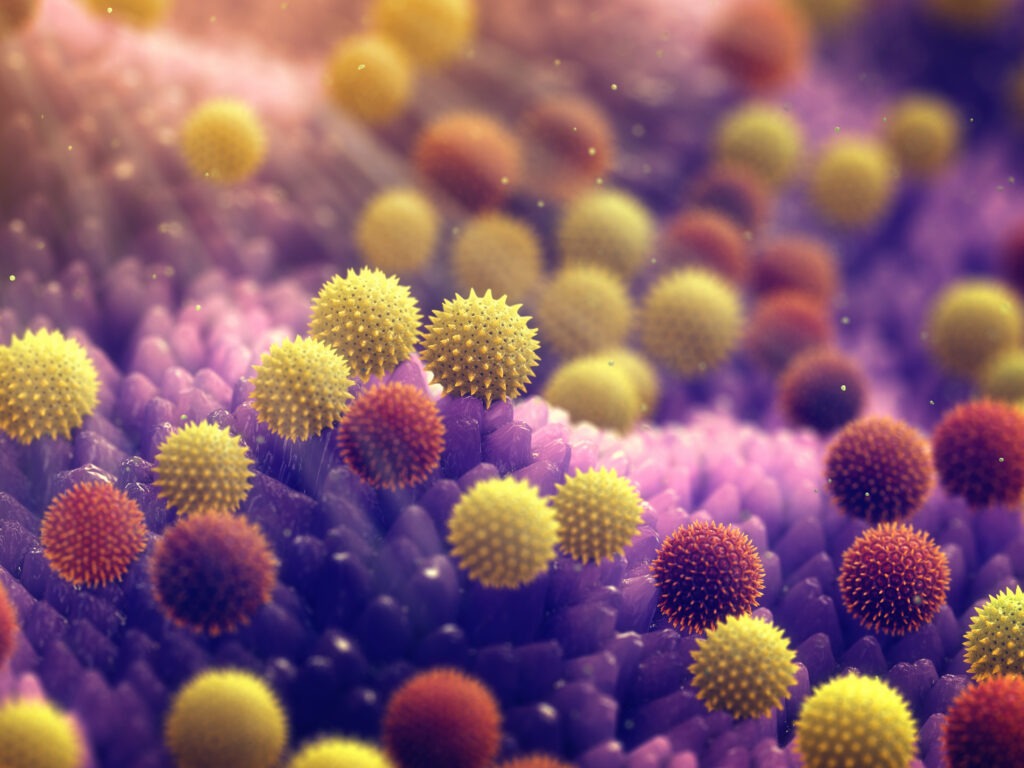Are you finding it difficult to get your head around the VCE Biology study design? Don’t worry we’ve got you.
A new VCE Biology Study Design has been implemented in 2022, and we’ve summarised it here to help you out!
Let’s get right into it!
VCE Biology Study Design Structure
Unit 1: How do organisms regulate their functions?
Unit 2: How does inheritance impact on diversity?
Unit 3: How do cells maintain life?
Unit 4: The People and the Law
VCE Biology Study Design Structure
VCE Biology like all other VCE subjects is split into 4 units, usually Units 1 and 2 are completed in Year 11 and Units 3 and 4 are completed in Year 12.
These are the units you’ll be studying:
- Unit 1: How do organisms regulate their functions?
- Unit 2: How does inheritance impact on diversity?
- Unit 3: How do cells maintain life?
- Unit 4: How does life change and respond to challenges?
Unit 1: How do organisms regulate their functions?
This unit is focused on the structure and function of the cell, the most basic unit of life. It explores single-celled and multicellular organisms as well as how cellular processes are sustained.
It examines how systems function through cell specialisation in vascular plants and animals, and the role of homeostatic mechanisms in maintaining the internal environment of an animal.
Area of Study 1: How do cells function?
This is the first area of study of VCE Biology, and begins by introducing you to the structure and function of prokaryotic and eukaryotic cells, as well as how the plasma membrane contributes to the movement of substances in and out of the cell (diffusion and osmosis!).
The lifespan of a cell is also explored from cellular growth, replacement and death. The cell cycle is also introduced in this area of study with a focus on cell division. Additionally, stem cells are explored in detail, with a focus on its differentiation and specialisation.
Key Topics
Cellular Structure and Function
- Cells as a Basic Structural Unit
- Prokaryotic vs Eukaryotic
- Surface Area to Volume Ratio
- Organelles
- Specialisation of Organelles
- Plasma Membrane
- Transport of Substances
The Cell Cycle and Cell Growth, Death and Differentiation
- Binary Fission
- Eukaryotic Cell Cycle
- Apoptosis
- Cancer Cells
- Stem Cells and Specialisation
Area of Study 2: How do plant and animal systems function?
In the next area of study, you will explore cell specialisation in plants and in the body systems of animals. In relation to plants you will focus on regulation of water balance, whilst in animals the prime focus is on temperature, blood glucose, and water regulation.
The homeostatic mechanisms are thoroughly explored in this area of study as well as their role in maintaining the internal environment of an organism within a narrow range. You will also learn about the malfunctions of these mechanisms.
Key Topics
Functioning Systems
- Specialisation of Plant Cells
- Specialisation of Animal Cells
Regulation of Systems
- Water Balance in Plant Cells
- Regulation of Body Temperature, Blood Glucose and Water in Animal Cells.
- Malfunctions in Homeostatic Mechanisms
Area of Study 3: How do scientific investigations develop understanding of how organisms regulate their functions?
To end this unit, you will explore through practice and scientific investigation how factors necessary for an organism’s survival are controlled and regulated. Different types of cells and adaptations enhance an organism’s survival, and homeostatic mechanisms maintain the internal environment.
In this area of study, you will conduct a scientific investigation on a research question relevant to this area. This is where you get a chance to show what you have learnt! Whether it be a report or a poster.
Key Topics
Investigation Design
- Biological Science Concepts
- Scientific Methodology
- Qualitative vs Quantitative Data
- Health, Safety and Ethical Guidelines
Scientific Evidence
- Distinction between Aim, Hypothesis, Model, Theory and a Law
- Scientific Models and Theories
- Characteristics of Primary Data
- Patterns in Primary Data
- Use of Logbook
- Limitations of Methodology
Science Communication
- Conventions of Scientific Report
- Presenting Scientific Investigation
Unit 2: How does inheritance impact on diversity?
In this unit students will explore the reproduction and transmission of biological information passed down over generations and its relevance to the diversity of a species. You will take your understanding of epigenetic factors and conclude how they will influence phenotypic expression. Additionally, students will analyse the patterns of inheritance.
You will assess the advantages and disadvantages of asexual and sexual reproductive strategies, including cloning technologies. This unit also has a focus on the different types of adaptations and how they enhance an organism’s survival.
Area of Study 1: How is Inheritance explained?
In this area of study, students describe the production of gametes in sexual reproduction through the key events in meiosis. You will explore the nature of chromosomes and the use of genetic language to interpret patterns of inheritance.
Additionally, there is an exploration of how a characteristic or trait can be influenced by a gene in several ways. Here you will be introduced to pedigree charts to determine patterns of inheritance and predict outcomes of genetic crosses.
Key Topics
From Chromosomes to Genomes
- Distinction between Genes, Alleles and Genome
- Pair of Homologous Chromosomes
- Autosome and Sex Chromosomes
- Types of Chromosomes
- Karyotypes
- Production of Gametes
Genotypes and Phenotypes
- Use of Symbols to represent Alleles
- Dominant and Recessive Phenotype
- Codominance and Incomplete Dominance
- Influence of Genetic Material, Environmental and Epigenetic Factors on Phenotypes
Patterns of Inheritance
- Pedigree charts
- Genetic Outcome Monohybrid Cross
- Genetic Outcome Linked Genes
Area of Study 2: How do inherited adaptations impact on diversity?
In the next area of study, you will analyse the advantages and disadvantages of asexual and sexual reproduction and investigate the uses and application of reproductive cloning technologies.
Students explore the importance of genetic diversity and the different adaptations that enable a species to survive in an ecosystem. The interdependence of species is also studied here.
Key Topics
Reproductive Strategies
- Advantages and Disadvantages of Asexual Reproduction
- Advantages of sexual reproduction with relation to Genetic Diversity
- Reproductive Cloning Technologies
Adaptations and Diversity
- Importance of Genetic Diversity
- Adaptations that enhance an Organism’s survival
- Survival through Interdependencies of Species
Area of Study 3: How do humans use science to explore and communicate contemporary bioethical issues?
The final area of study for this unit explores a contemporary bioethical issue relating to the application of genetic knowledge, reproductive science, inheritance or adaptations beneficial for survival. You are to consider different perspectives; outline social, economic, legal and/or political factors relevant to the selected issue.
Example Investigation Topics as Listed in Study Design:
- Genomic and Epigenetic Research
- Cloning for Agriculture / Horticulture
- Strategies for Maintaining Diversity within a Species
- Impact of Introduced Species
- Use of Biomimicry to solve Human Challenges
Key Topics
Scientific Evidence
- The distinction between primary and secondary data
- Distinguish between opinion, anecdote and evidence
- Quality of Evidence
- Analysing Secondary Data
Scientific Communication
- Biological concepts specific to Investigation
- Effective Science Communication
- Implications of Findings
- Data Representations
- Conventions for Referencing
Analysis and Evaluation of Bioethical Issue
- Ways of Identifying Bioethical Issues
- Effective Analysis of Bioethical Issues
- Approaches to Bioethics
Unit 3: How do cells maintain life?
In Unit 3 students explore the workings of the cell from different perspectives. The relationship between nucleic acids and proteins as key molecules in cellular processes as well as the consequences of manipulating DNA is studied.
Students will also explore biochemical pathways with reference to photosynthesis and cellular respiration. Additionally you will examine the application of biotechnologies to biochemical pathways that could lead to improvements in agriculture practices. Investigation of a selected case study is undertaken in this unit with relation to a bioethical issue.
Example Investigation Topics as Listed in Study Design:
- Discovery and Development of the Structure of DNA
- Proteomic Research
- Transgenic Organism used in Agriculture
- Use, Research and Regulation of Gene Technologies
- Outcomes of the use of Enzyme Inhibitors
- Increasing Efficiency of Photosynthesis and Cellular Respiration
- Impact of Poisons on the Cellular Respiration Pathway
Area of Study 1: What is the role of nucleic acids and proteins in maintaining life?
In this area of study students explore the expression of the information encoded in a sequence of DNA to form a protein and outline the nature of the genetic code and the proteome. Examine how molecular tools and techniques can be used to manipulate a DNA molecule for a particular purpose. Assess the ethical implications of gene technologies.
Key Topics
The Relationship between Nucleic acids and Proteins
- Structure of DNA
- Forms of RNA and their nucleotides
- Genetic Code
- Steps in Gene Expression
- Structure of Genes
- Structural layers of Functional Protein
- Proteome
- Role of Organelles in the export of Proteins
DNA Manipulation Techniques and Applications
- Use of enzymes to manipulate DNA
- Function of CRISPR-Cas9
- Amplification of DNA
- Transformation of Bacterial Cells
- Use of GMOs and TGO’s in agriculture
Area of Study 2: How are biochemical pathways regulated?
The next area of study explores the structure and regulation of biochemical pathways. It examines how photosynthesis and cellular respiration are controlled by enzymes and assisted by coenzymes.
You will investigate the factors that affect the rate of cellular reactions and the regulation of biochemical pathways.
Key Topics
Regulation of Biochemical pathways in Cellular Respiration and Photosynthesis
- General Structure of Biochemical Pathways
- Role of enzymes and coenzymes in Biochemical Pathways
- Factors that affect Enzyme Function in relation to Photosynthesis and Cellular Respiration
Photosynthesis as an example of Biochemical Pathways
- Inputs, Outputs and Stages of Photosynthesis in C(3) plants
- Role of Rubisco in Photosynthesis
- Factors that affect the rate of Photosynthesis
Cellular Respiration as an example of Biochemical Pathways
- Inputs, Outputs and Locations of Glycolysis, Krebs Cycle and Electron Transport Chain
- Anaerobic Fermentation in animals and yeasts
- Factors that affect the rate of Cellular Respiration
Biotechnological applications of Biochemical Pathways
- Uses and applications of CRISPR-Cas9
- Uses and applications of Anaerobic Fermentation for biomass for biofuel production
Check out our practice SAC for Unit 3 Area of Study 2 and complete it before your exam here!
Unit 4: How does life change and respond to challenges?
In this unit students consider the continual changes and challenges to which life on Earth has had and continues to be subjected to. The human immune system and the interaction between its components to provide immunity are studied. You will consider how to respond to bioethical issues related to disease.
Additionally in this unit, students will examine the evidence of relatedness between species and changes in life forms over time using evidence from structural morphology, molecular homology and comparative genomics. Trends in the human fossil record are also studied. Students will engage in a case study to apply their knowledge of how life changes and responds to challenges.
Example Investigation Topics as Listed in Study Design:
- Deviant cell Behaviour and Links to Disease
- Allergic Reactions
- Development of Immunotherapy Strategies
- Trends, Patterns and Evidence of Evolutionary Relationships
- Monitoring of Gene Pools for Conservation Planning
- Role of Selective Breeding in Conservation of Endangered Species
Area of Study 1: How do organisms respond to pathogens?
In this area of study students focus on the immune response of organisms to specific pathogens. Here, you will study about antigens and how they elicit an immune response, the nature of immunity and the role of vaccinations.
The prevention of spread and the developments of treatments for disease are also explored. You will consider the evidence for determining the relatedness between species and the evidence for major trends in hominin evolution.
Key Topics
Responding to Antigens
- Physical and Chemical Microbiota Barriers
- Innate Immune Response
- Initiation of an Immune Response
Acquiring Immunity
- Role of the Lymphatic System
- Adaptive Immune Response
- Comparing Natural and Artificial Immunity
- Active and Passive Strategies for acquiring Immunity
Disease Challenges and Strategies
- Emergence of Old and New Pathogens
- Strategies to control the Spread of Pathogens
- Vaccination programs and role in Maintaining Immunity
- Development of Immunotherapy Strategies
Area of Study 2: How are species related over time?
The next area of study is focused on evidence of biological evolution. Students consider the biological consequences of changes in allele frequencies and how isolation and divergence are required elements for speciation.
Key Topics
Genetic changes in a population over time
- Causes of changing allele frequency
- Biological consequences of changing allele frequency
- Manipulation of Gene Pools through Selective Breeding
- Consequences of Bacterial Resistance
- Consequences of Antigenic Drift and Shift
Changes in species over time
- Evidence from Fossil Record
- Evidence of Speciation
Determining the relatedness of Species
- Structural Morphology
- Use and Interpretation of Phylogenetic Trees
Human Change over Time
- Shared Characteristics of Mammals, Primates, Hominoids and Hominins
- Trends in Hominin Evolution
- Human Fossil Record Interpretations
- Use of Fossil and DNA evidence to explain Migration
Check out our 7 day study plan for your VCE Biology exam here!
Area of Study 3: How is scientific inquiry used to investigate cellular processes and/or biological change?
This area of study is a student-designed scientific investigation in relation to cellular processes or how life changes and responds to challenges. In this investigation students are to formulate a hypothesis and plan a course of action to answer the question.
This investigation is presented in the format of a scientific poster.
Key Topics
Investigation Design
- Biological concepts specific to Research Question
- Scientific Methodology
- Health, Safety and Ethical Guidelines
Scientific Evidence
- Nature of Evidence
- Organisation of Primary Data
- Source of Error and Uncertainty
- Assumptions and Limitations of Methodology
Science Communication
- Scientific Terminology
- Conventions of Scientific Poster
- Key findings and Implications of Selected Topic
Check out our comprehensive summary of VCE Biology Unit 4 here!
Are you looking for some extra help understanding the content from the VCE Biology study design?
We have an incredible team of VCE tutors and mentors!
We can help you master the VCE Biology study design and ace your upcoming VCE assessments with personalised lessons conducted one-on-one in your home or online!
We’ve supported over 8,000 students over the last 11 years, and on average our students score mark improvements of over 20%!
To find out more and get started with an inspirational VCE tutor and mentor, get in touch today or give us a ring on 1300 267 888!
Abhisha Vaheesan completed her VCE in 2021 and is currently an undergraduate student studying Bachelor of Radiography and Medical Imaging (Honours) at Monash University. As much as she is invested in Biology and putting together the building blocks of life, she is equally immersed in debating the conflicts of modern literature. Aside from this, she loves listening to music, is an avid writer and K-drama fanatic.







